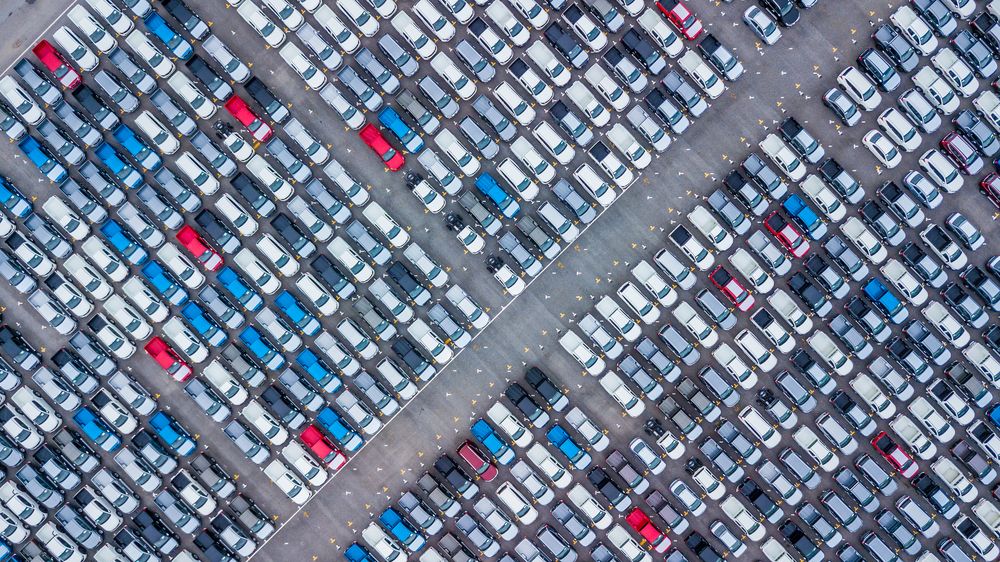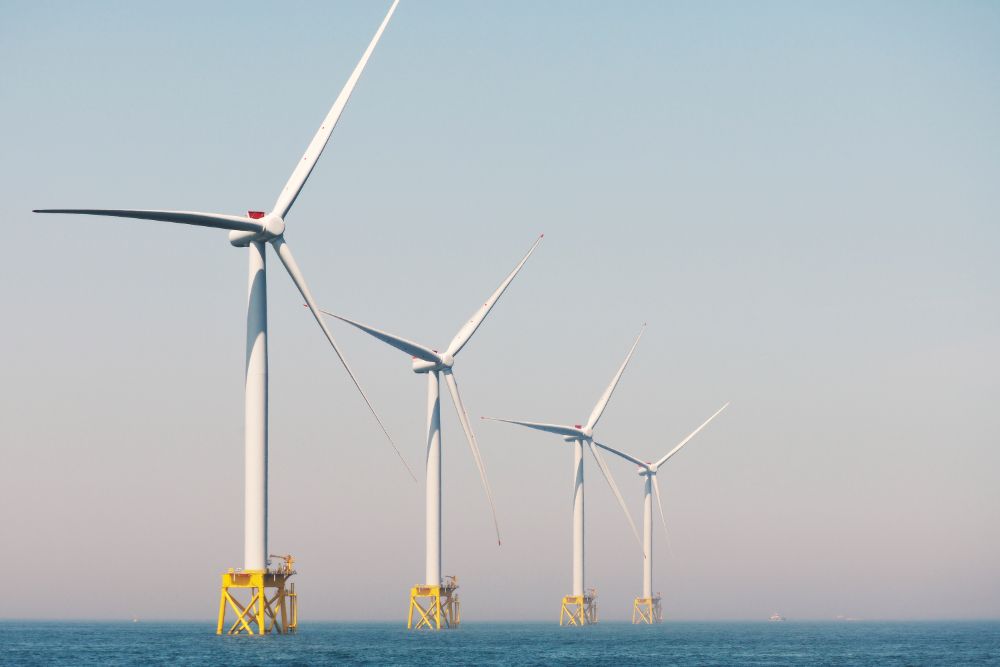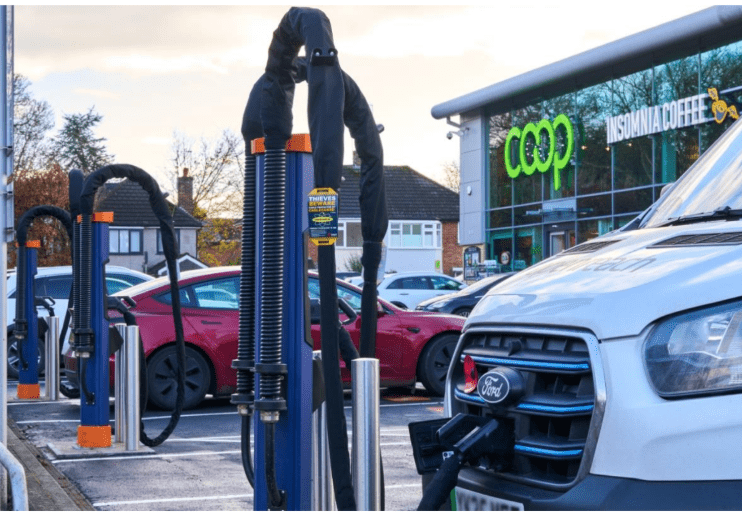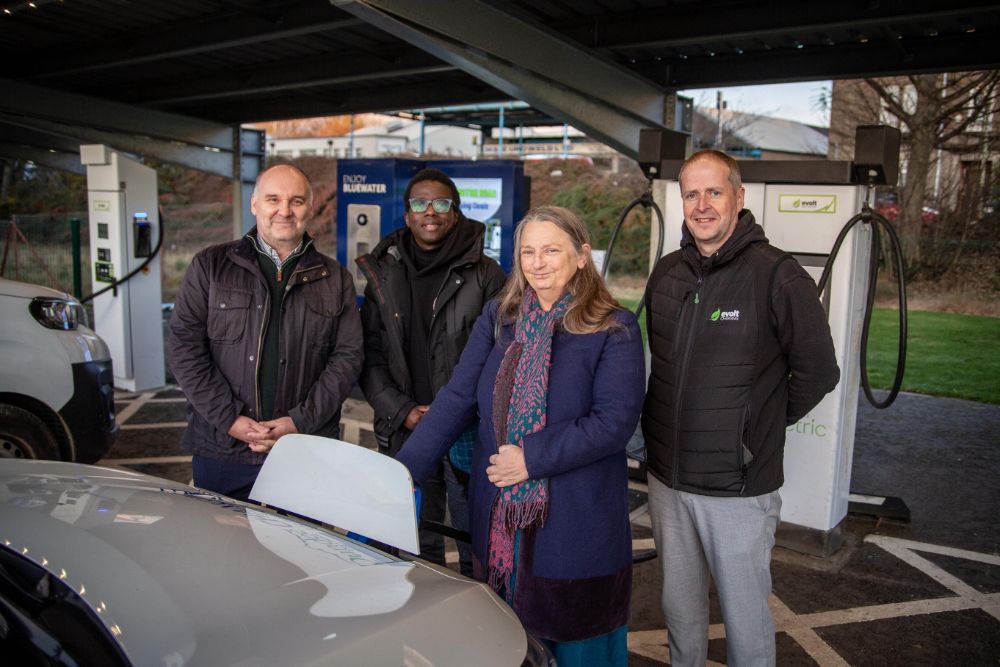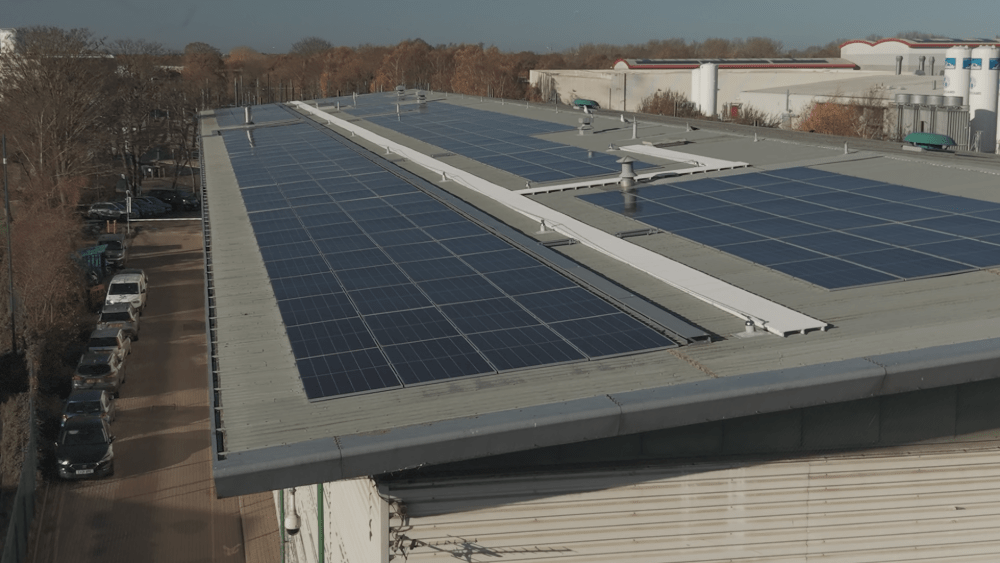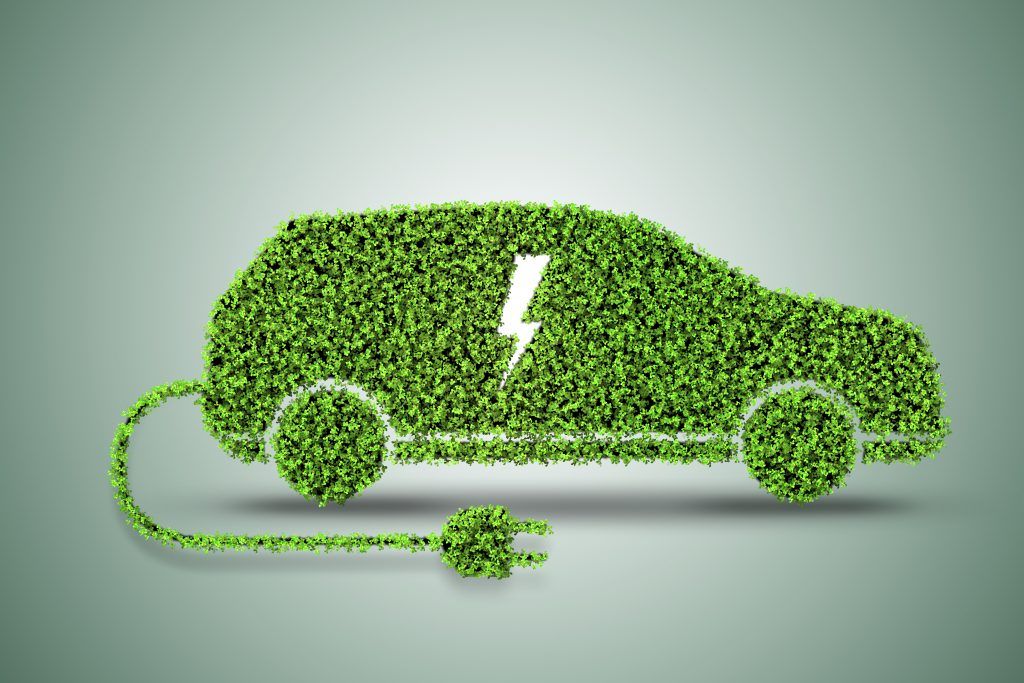UK production of battery-electric (BEV), plug-in hybrid (PHEV) and hybrid (HEV) vehicles increased 1.5% to 30,028 units in January, the highest monthly performance since December 2022 (47.2%).
The latest figures from the Society of Motor Manufacturers and Traders (SMMT) revealed plug-ins and hybrids accounted for 42.2% of all cars made in January.
Most overall car production (80.4%) was for export, although volumes slipped -9.2% to 57,140 units. Production for the UK market, meanwhile, fell -30.4% to 13,964 units.
UK vehicle production declined overall by -17.7% in the first month of the year, with factories turning out 71,104 cars and 6,908 commercial vehicles (CVs) for a total of 78,012 units, according to the latest figures published today by the .
The performance follows a bumper January in 2024, when car and CV output surged by 21.0% and 27.5% respectively, and reflects weakness in key markets, notably the EU, China and the UK itself, combined with planned model changeovers.
Export demand also continued to drive CV production, accounting for 61.7% of UK van, truck, taxi, bus and coach production.
The news comes amid plant restructuring and slower than anticipated rollout of new models as manufacturers respond to softening demand in the UK and other key markets.
Given the significant investments at stake, the industry is urging government to ensure the needs of the UK automotive sector are at the core of its forthcoming industrial and trade strategies, the SMMT said.
Mike Hawes, SMMT Chief Executive, said:
“UK vehicle producers face a perfect storm of global trade uncertainty, challenging manufacturing conditions and a market transition which is proving tougher than expected.
“The sector is doing all it can to keep production plans on track but needs government to ensure automotive is at the heart of its forthcoming industrial and trade strategies with promised funding invested as soon as possible.
“Doing so will help ensure our competitiveness and safeguard the billions of pounds of investment, jobs and economic growth which is now at stake.”
Image from Shutterstock



